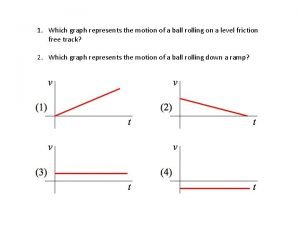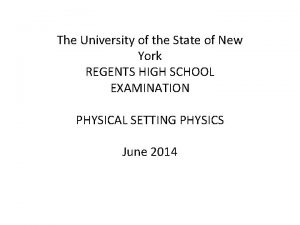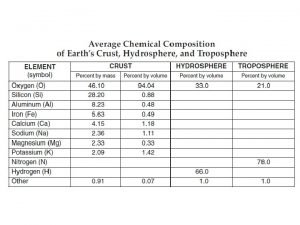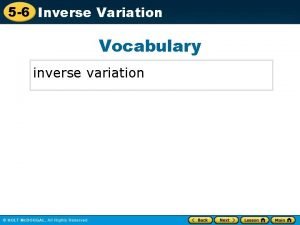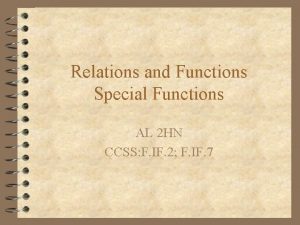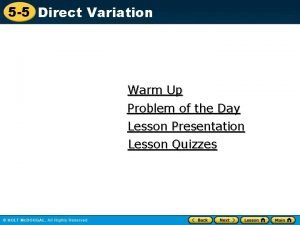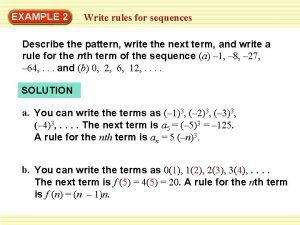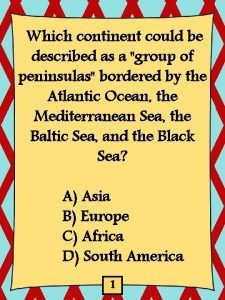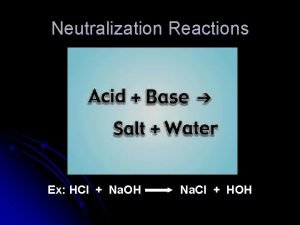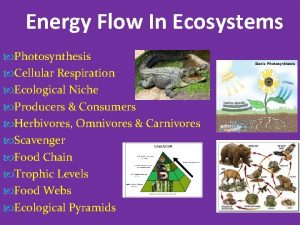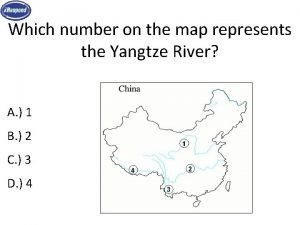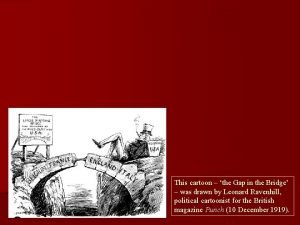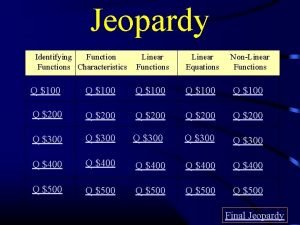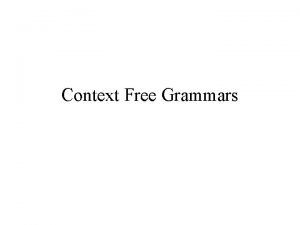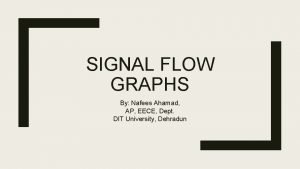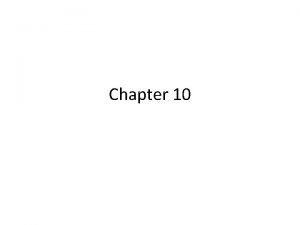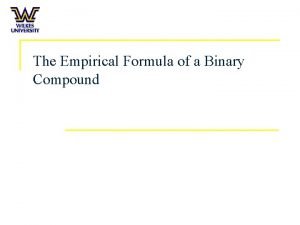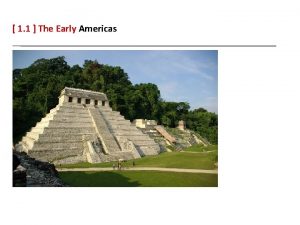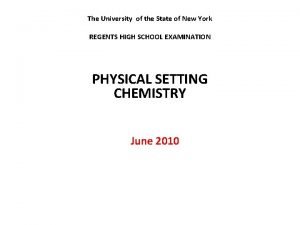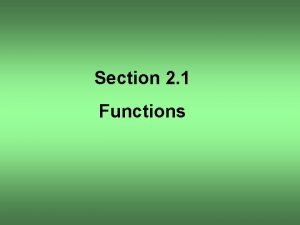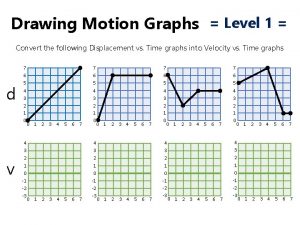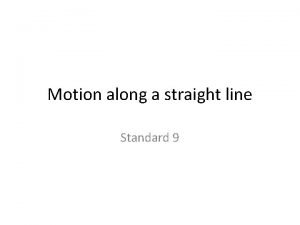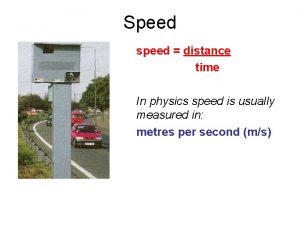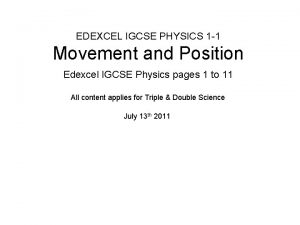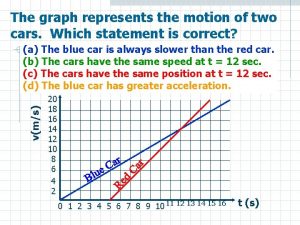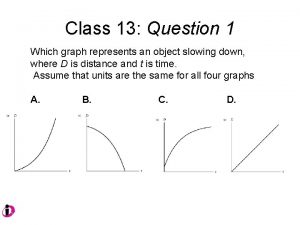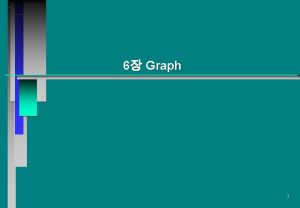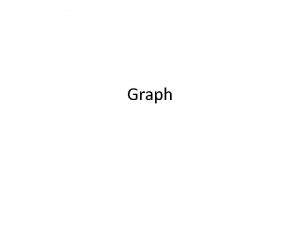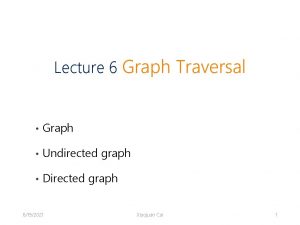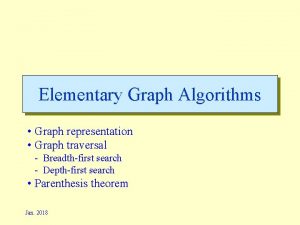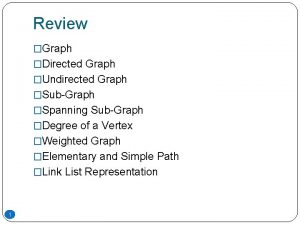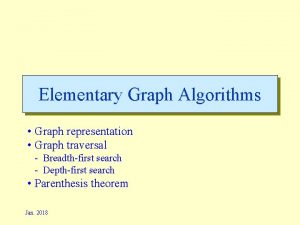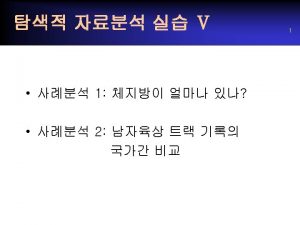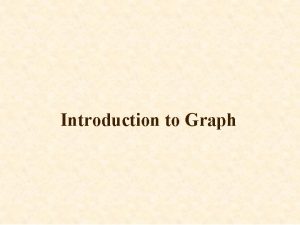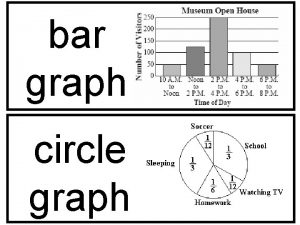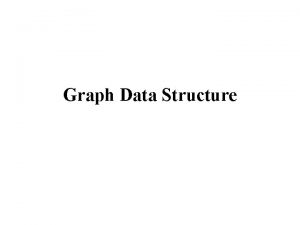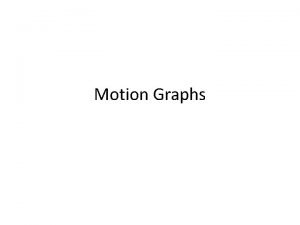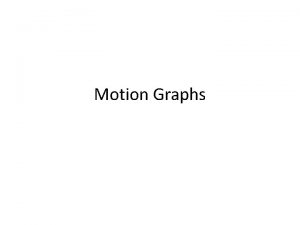1 Which graph represents the motion of a




















































































- Slides: 84

1. Which graph represents the motion of a ball rolling on a level friction free track? 2. Which graph represents the motion of a ball rolling down a ramp?

• 1. Answers 3 & 4 • 2. Answers 1

3. Differentiate the motion shown in graphs 1 & 2. 4. Differentiate the motion shown in graphs 3 & 4.

3. Graph #1, the object begins at rest and moves in the positvie direction with increasing velocity. Its speed is increasing. Graph #2, the object begins with a positive velocity, moves in the positive direction and its velocity is decreasing. Its speed is decreasing. 4. Graph #3, the object is moving in the positive direction with constant velocity. Graph #4, the object is moving in the negative direction with constant velocity.

5.


6.

6.

7.

7.

8.

8.

9.

9.

10.

10. It slows down the bottom block and speeds up the top block

11.

11.

12.

12.

13.

13. A super-ball will bounce back. It will have a larger change in velocity and as a result a larger impulse.

14.

14. It will have a larger change in velocity and as a result a larger impulse. This impulse will happen over a smaller time creating a larger force.

15.

15. The on the dipped track will speed up as it descends and then have a higher average speed over the next horizontal section. As a result it will have a higher average speed over the length of the track.

16.

16. Elastic energy converts into gravitational energy. If the spring is compressed ½ as much it will store ¼ the energy. This energy converts into gravitational energy which is directly proportional to height.

17.

17. Momentum is conserved. (1 kg)(10 cm/s) = (3 kg)(v)

18

18 The momentum is case i) is equal to m√ 2 gh and in case ii) is equal to zero.

19

19 It will follow path 4 The object must have a force pushing toward the center to go in a circle. If the center pushing force is removed the object will have the velocity at that instant in time which is tangent to the path.

20

20 5 The force of gravity provides the unbalanced force toward the center necessary to cause circular motion. This causes the moon to travel in a circle instead of a straight line. It has an appropriate tangential velocity.

21

21 The astronaut appears to be floating because he is continuously falling around the earth. The force of gravity is a centripetal force and there is no normal force. All objects are falling at the same rate.

22 On planet X, a cannon ball is fired straight upward. The position and velocity of the ball at many times are listed below. Note that we have chosen up as the positive direction. Time( Height( s) m) Velocity(m/ s) 0 0 20 1 17. 5 15 2 30 10 3 37. 5 5 4 40 0 5 37. 5 -5 6 30 -10 7 17. 5 -15 8 0 -20 What is the acceleration due to gravity on Planet X? A) -5 m/s 2 B) -10 m/s 2 C) -15 m/s 2 D) -20 m/s 2 E) None of these.

22 5 m/s 2

23 The graph show positions as a function of time for two trains running on parallel tracks. Which statement is true: A. At time t. C, both trains have the same velocity. B. Both trains speed up all the time. C. Both trains have the same velocity at some time before t. C. D. At some time, both trains have the same acceleration. E. None of the above statements is true.

23 Both trains have the same velocity at some time before t. C.

24 A ball is thrown straight up. At the top of its trajectory, its A. B. C. D. velocity is zero, velocity is non-zero, acceleration is zero. acceleration is non-zero. acceleration is zero.

24 velocity is zero, acceleration is non-zero.

25 A truck traveling at 50 km/hr approaches a car stopped at a red light. When the truck is 100 m from the car, the light turns green and the car immediately begins to accelerate at 2. 00 m/s 2 to a final speed of 100 km/hr. Which graph belows represents this situation? A) C) B) D)

25 • B

26 A ball is fired from a canon straight upward with an intial velocity vo. Assume no air resistance. If the intial velocity vo is doubled, the time to reach the apex of the trajectory. . A): doubles. B): increases by a factor of 4. C): Neither of these. D): Impossible to tell from the information given. If the intial velocity vo is doubled, the maximum height of the ball. . A): doubles. B): increases by a factor of 4. C): Neither of these. D): Impossible to tell from the information given.

26 • A): doubles. • B): increases by a factor of 4.

27 A projectile is fired up at |V 0 |=10 m/s. Choose up as (+) direction; ground as y=0. What time does it take to reach ymax, the maximum height? A. 0 s B. 1 s C. 2 s D. 5 s E. None of these

27 1 second

28 A car of mass m, traveling at constant speed, rides over the top of a hill. The magnitude of the normal force N of the road on the car is. . A. greater than the weight of the car, N > mg. B. equal to the weight, N = mg. C. less than the weight, N < mg.

28 C: less than the weight, N < mg.

29 An object is being lowered on a cord at a constant speed. How does the tension T in the cord compare to the weight mg of the object? A. T = mg B. T > mg C. T < mg

29 A. T = mg

30 An object is being lowered on a cord at a speed which is decreasing. There are two forces on the object, the weight, magnitude mg, and the tension, magnitude T, in the cord. Which equation is true: A. T = mg B. T > mg C. T < mg

30 B: T > mg

31 An elevator is going up at a constant speed. Near the top floor, it starts to slow to a stop. During the period that it is slowing down, its acceleration is A) downward B) upward. C) in some other direction.

31 downward

32 RI-4. An object's acceleration vs. time is: Which graph best represents the object's velocity vs. time? A) C) E) B) A ) D)

32 B

33 At the instant shown, which free-body diagram best indicates the forces acting on the pendulum. Which is larger ? A) the weight mg or B) the tension T?

33 C. Tension must be greater than weight

34 A mass m is pulled along a rough table at constant velocity with an external force Fext at some angle above the horizontal. The magnitudes of the forces on the free-body diagram have not been drawn carefully, but the directions of the forces are correct. Which statement below must be true? A. B. C. D. E. Ffric > Fext , N > mg. Ffric < Fext , N < mg. Ffric > Fext , N < mg. Ffric < Fext , N > mg. None of these.

34 A. Ffric < Fext , N < mg.

35 A mass slides down a rough inclined plane with some non-zero acceleration a 1. The same mass is shoved up the same incline with a large, brief initial push. As the mass moves up the incline, its acceleration is a 2. How do a 1 and a 2 compare? A) a 1 > a 2 B) a 1 = a 2 C) a 1 < a 2

35 C) a 1 < a 2

36 A rider in a "barrel of fun" hinds herself stuck with her back to the wall. Which diagram correctly shows the forces acting on her? A) B) C) D) E)

36 A

37 Two masses, of size m and 3 m, are at rest on a frictionless surface. A compressed, massless spring between the masses is suddenly allowed to uncompress, pushing the masses apart. After the spring losses contact with both masses, the speed of m is ____ the speed of 3 m. A) the same as D) four times B) twice C) three times E) none of these

37 C) three times

38 A bucket containing a brick is swung in a circle at constant speed in a vertical plane as shown. The bucket is swung fast enough that the brick does not fall out. The net force on the brick as it is swung has maximum magnitude at position A. B. C. D. Top. Bottom. Right The net force has the same magnitude at all positions.

38 With constant speed, centripetal force must remain constant, therefore constant net force. The NORMAL force will be greatest at the bottom.

39 Suppose a ping-pong ball and a bowling ball are rolling toward you. Both have the same momentum, and you exert the same force to stop each. How do the time intervals to stop them compare? 1. It takes less time to stop the ping-pong ball. 2. Both take the same time. 3. It takes more time to stop the ping-pong ball.

39 1. Both take the same time.

40 A projectile is fired with initial speed vo at an angle of 45 o above the horizontal. Assume no air resistance. True or False: During the flight, the x-component of the projectile's momentum remains constant. A) True B) False

40 True

41 Consider two carts, of masses m and 2 m, at rest on an air track. If you push first one cart for 3 s, and then the other for the same length of time, exerting equal force on each, the momentum of the light cart is. . A. B. C. D. E. four times twice equal to one-half one-quarter the momentum of the heavy cart.

41 Equal to

42 A hockey puck slides without friction along a frozen lake toward an ice ramp and plateau as shown. The speed of the puck is 4 m/s and the height of the plateau is 1 m. Will the puck make it all the way up the ramp? A. Yes B. No C. impossible to determine without knowing the mass of the puck.

42 No Use energy conservation to find maximum height.

43 Planet X has the same mass as the Earth, but 1/2 the radius. (Planet X is more dense than Earth). What is the acceleration of gravity on Planet X? A) g (same as Earth) B) 2 g C) 4 g D) 8 g E) None of these.

43 4 g g has an inverse square relationship with radius.

44 Suppose the Earth had no atmosphere and a projectile was fired from a mountain top with sufficient speed to put it in circular orbit. The magnitude of the acceleration of the projectile while in orbit would be A. B. C. D. much less than g (because it doesn't fall to the ground) much greater than g approximately g Impossible to tell.

44 Approximately g, there is no significant difference between the orbital radius and the radius of the earth.
 This motion graph represents:
This motion graph represents: This graph shows a ball rolling from a to g
This graph shows a ball rolling from a to g A 25 gram paper cup falls from rest
A 25 gram paper cup falls from rest Which graph represents a direct variation?
Which graph represents a direct variation? Which graph represents a function with direct variation
Which graph represents a function with direct variation Which graph correctly represents the three most abundant
Which graph correctly represents the three most abundant Which graph correctly represents the three most abundant
Which graph correctly represents the three most abundant Which graph represents an inverse variation?
Which graph represents an inverse variation? Symbol for greatest integer function
Symbol for greatest integer function Which graph represents a nonlinear relationship?
Which graph represents a nonlinear relationship? Which graph represents a function with direct variation?
Which graph represents a function with direct variation? Which graph represents exponential growth? a b
Which graph represents exponential growth? a b The graph below represents the distance of a dog
The graph below represents the distance of a dog What is active range of motion
What is active range of motion Simple harmonic motion equation
Simple harmonic motion equation An object in motion stays in motion
An object in motion stays in motion Chapter 2 section 1 describing motion answer key
Chapter 2 section 1 describing motion answer key Measuring motion
Measuring motion Chapter 2 motion section 1 describing motion answer key
Chapter 2 motion section 1 describing motion answer key Section 1 describing motion answer key
Section 1 describing motion answer key Section 1 describing motion
Section 1 describing motion Which letter represents the pyrenees mountains on the map
Which letter represents the pyrenees mountains on the map Which equation represents an oxidation-reduction reaction
Which equation represents an oxidation-reduction reaction Electron transfer in redox reaction
Electron transfer in redox reaction Which sequence represents structures organized
Which sequence represents structures organized Which word equation represents a neutralization reaction?
Which word equation represents a neutralization reaction? Ghs signal words
Ghs signal words Which feeding level represents the primary consumers
Which feeding level represents the primary consumers Which number on the map represents the country of iran
Which number on the map represents the country of iran The gap in the bridge cartoon
The gap in the bridge cartoon Characteristics of linear functions
Characteristics of linear functions Which of these quantities represents the largest mass?
Which of these quantities represents the largest mass? Sphere interactions
Sphere interactions Sentential forms of context free languages
Sentential forms of context free languages Which hidden formatting symbol represents a space character
Which hidden formatting symbol represents a space character Solution for this
Solution for this What force provides centripetal force
What force provides centripetal force Which diagram best represents a gas in a closed container
Which diagram best represents a gas in a closed container Which of the following equations represents photosynthesis
Which of the following equations represents photosynthesis Which formula represents a binary compound
Which formula represents a binary compound Which represents an aztec adaptation to their environment
Which represents an aztec adaptation to their environment Can an atom have more neutrons than protons
Can an atom have more neutrons than protons Which relation represents a function
Which relation represents a function Which sequence of organisms represents a food chain
Which sequence of organisms represents a food chain Which number represents the location of ancient athens
Which number represents the location of ancient athens Which of the following expressions represents a function
Which of the following expressions represents a function Stationary motion graph
Stationary motion graph Motion graph story
Motion graph story Motion graph drawing
Motion graph drawing Graph of uniform motion
Graph of uniform motion Speed formula example
Speed formula example Distance time graph for uniform motion
Distance time graph for uniform motion Hình ảnh bộ gõ cơ thể búng tay
Hình ảnh bộ gõ cơ thể búng tay Slidetodoc
Slidetodoc Bổ thể
Bổ thể Tỉ lệ cơ thể trẻ em
Tỉ lệ cơ thể trẻ em Chó sói
Chó sói Tư thế worm breton
Tư thế worm breton Hát lên người ơi alleluia
Hát lên người ơi alleluia Kể tên các môn thể thao
Kể tên các môn thể thao Thế nào là hệ số cao nhất
Thế nào là hệ số cao nhất Các châu lục và đại dương trên thế giới
Các châu lục và đại dương trên thế giới Cong thức tính động năng
Cong thức tính động năng Trời xanh đây là của chúng ta thể thơ
Trời xanh đây là của chúng ta thể thơ Mật thư tọa độ 5x5
Mật thư tọa độ 5x5 101012 bằng
101012 bằng độ dài liên kết
độ dài liên kết Các châu lục và đại dương trên thế giới
Các châu lục và đại dương trên thế giới Thơ thất ngôn tứ tuyệt đường luật
Thơ thất ngôn tứ tuyệt đường luật Quá trình desamine hóa có thể tạo ra
Quá trình desamine hóa có thể tạo ra Một số thể thơ truyền thống
Một số thể thơ truyền thống Bàn tay mà dây bẩn
Bàn tay mà dây bẩn Vẽ hình chiếu vuông góc của vật thể sau
Vẽ hình chiếu vuông góc của vật thể sau Nguyên nhân của sự mỏi cơ sinh 8
Nguyên nhân của sự mỏi cơ sinh 8 đặc điểm cơ thể của người tối cổ
đặc điểm cơ thể của người tối cổ Thế nào là giọng cùng tên?
Thế nào là giọng cùng tên? Vẽ hình chiếu đứng bằng cạnh của vật thể
Vẽ hình chiếu đứng bằng cạnh của vật thể Tia chieu sa te
Tia chieu sa te Thẻ vin
Thẻ vin đại từ thay thế
đại từ thay thế điện thế nghỉ
điện thế nghỉ Tư thế ngồi viết
Tư thế ngồi viết Diễn thế sinh thái là
Diễn thế sinh thái là Dot
Dot Số nguyên là gì
Số nguyên là gì

